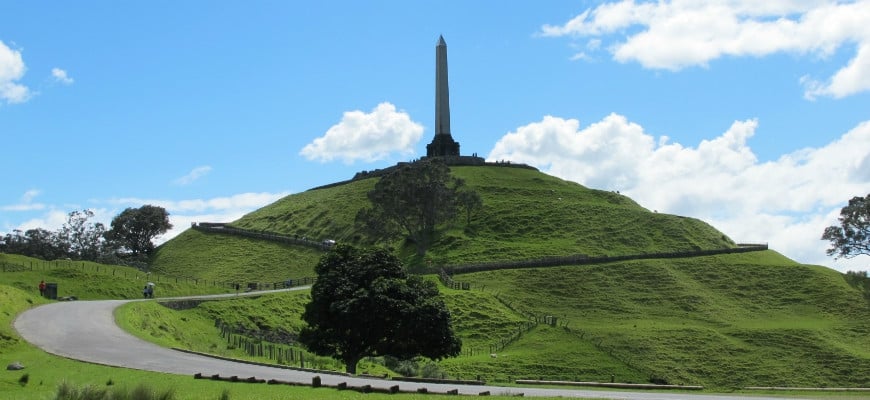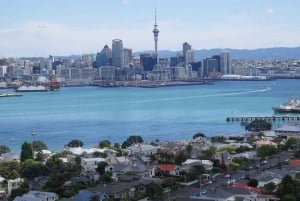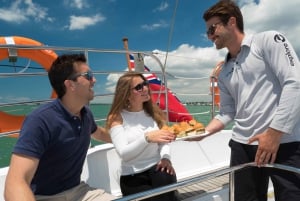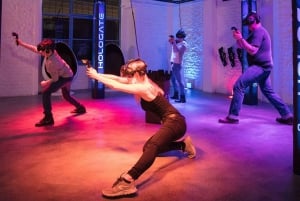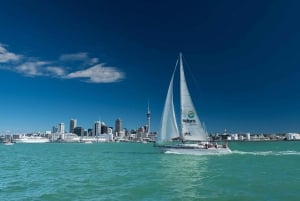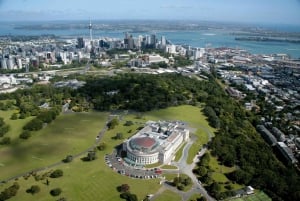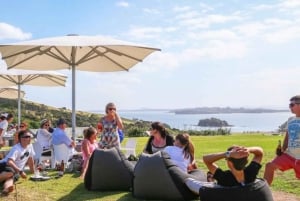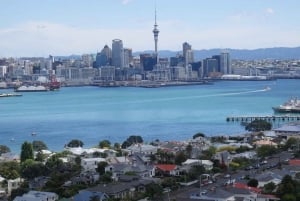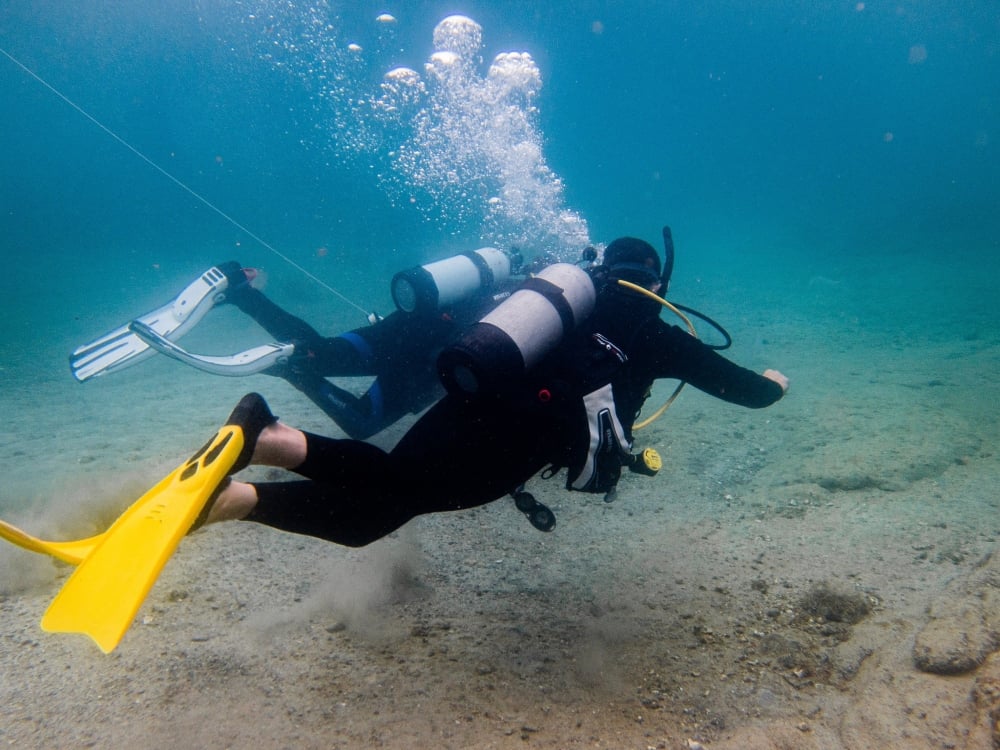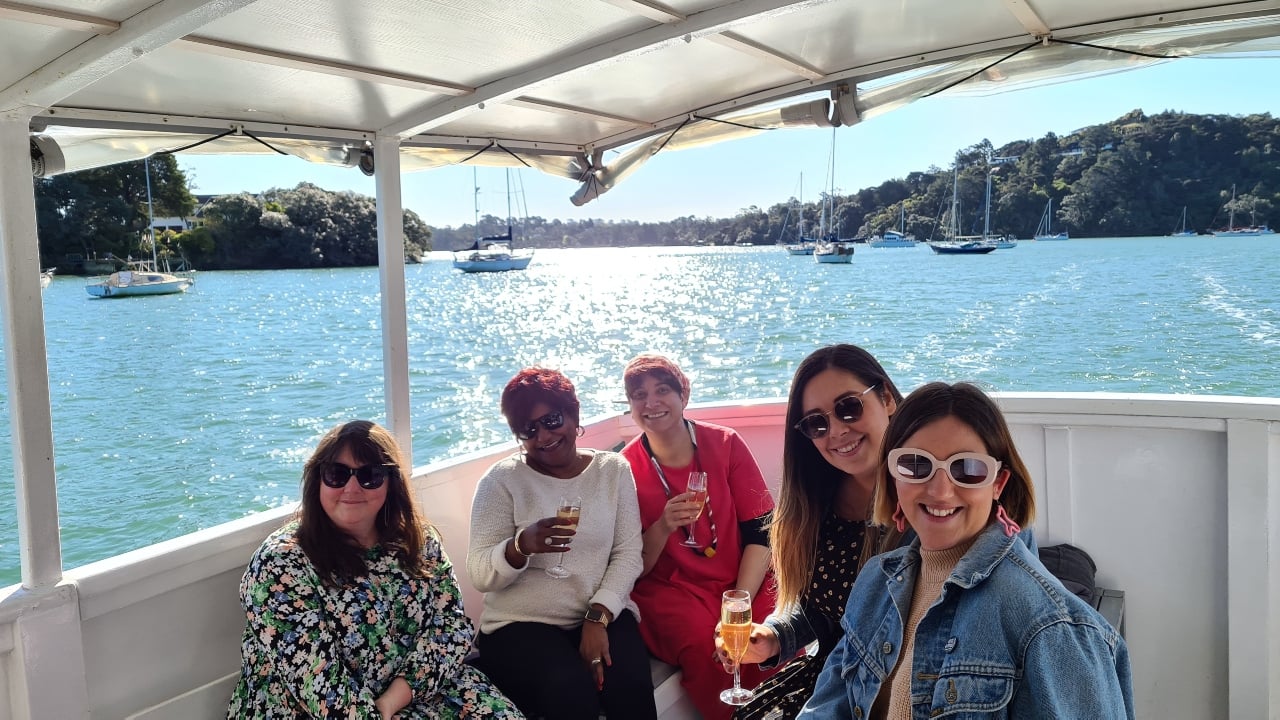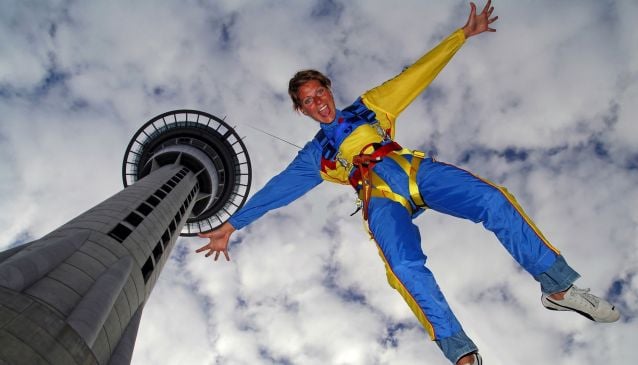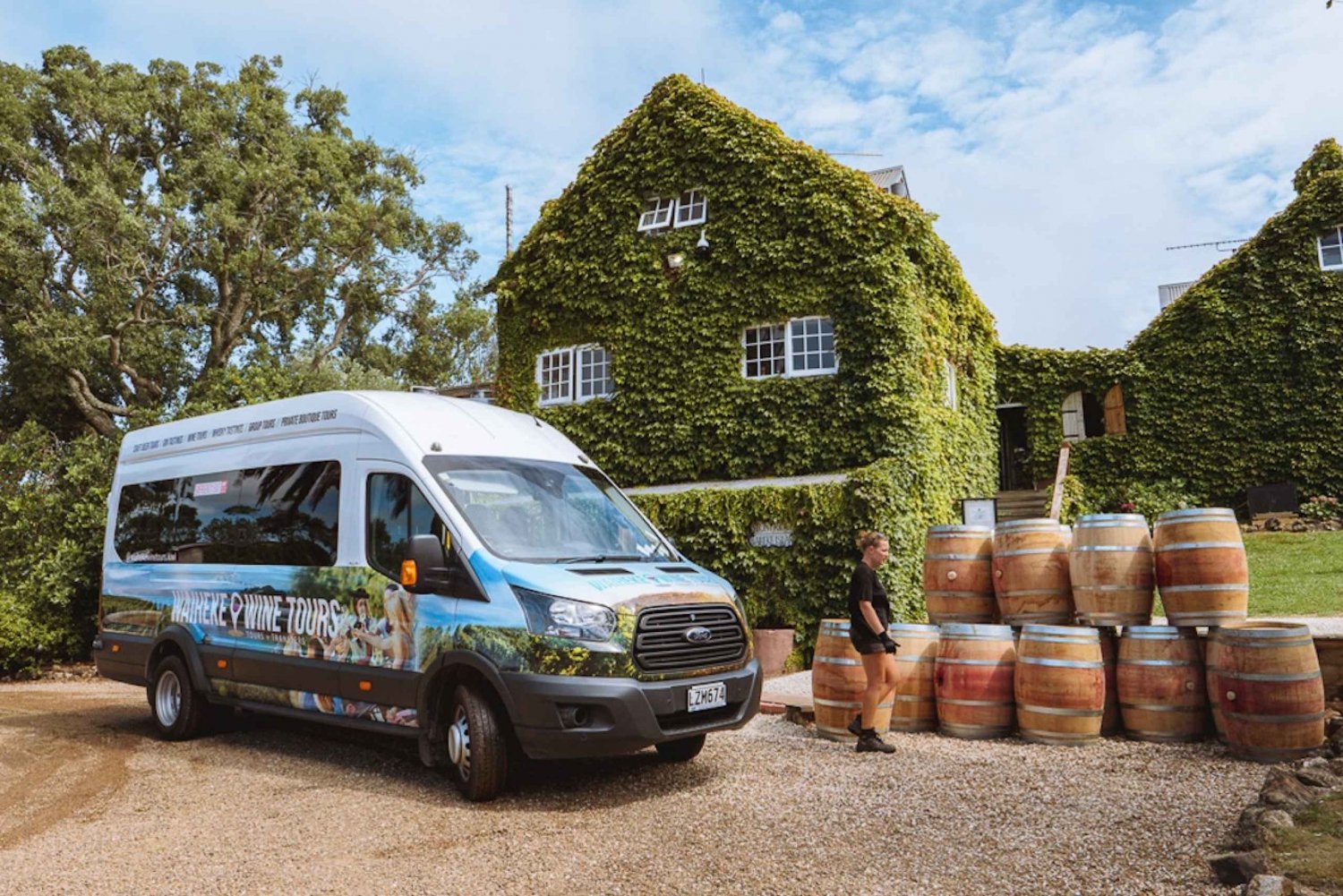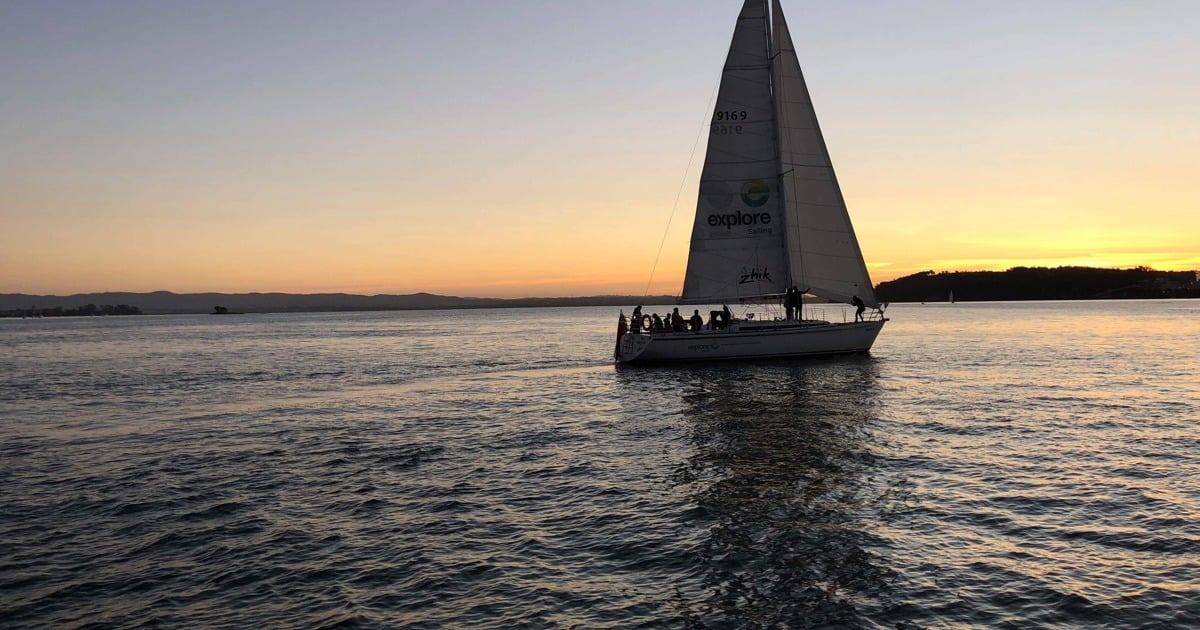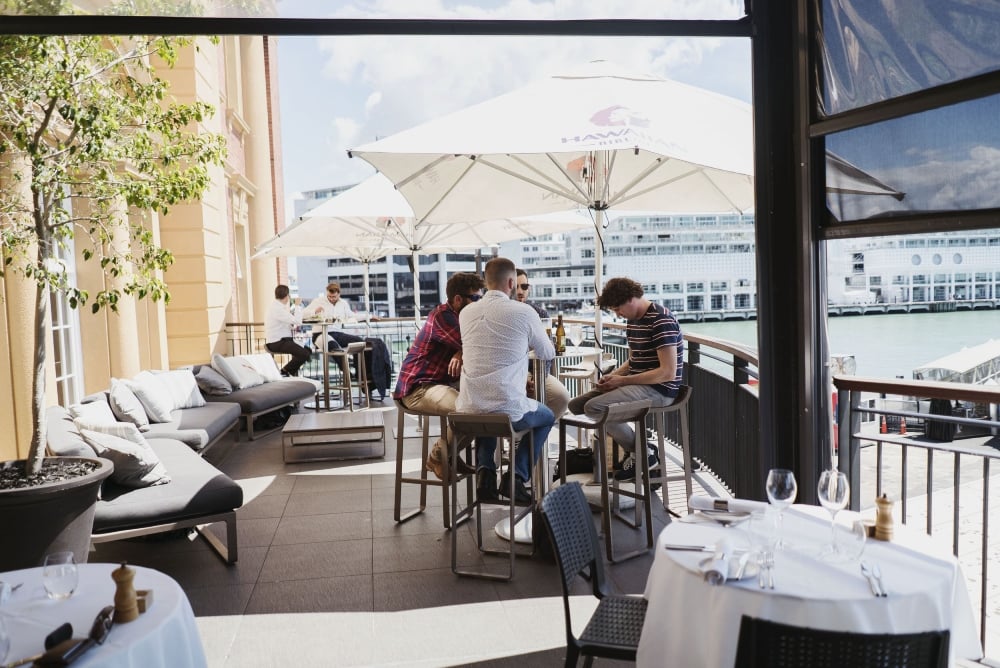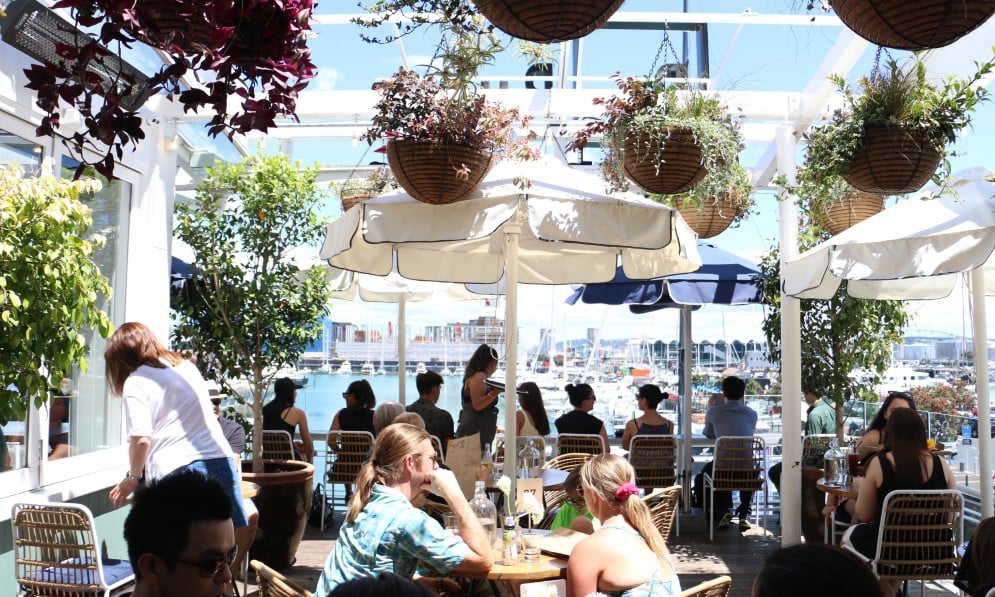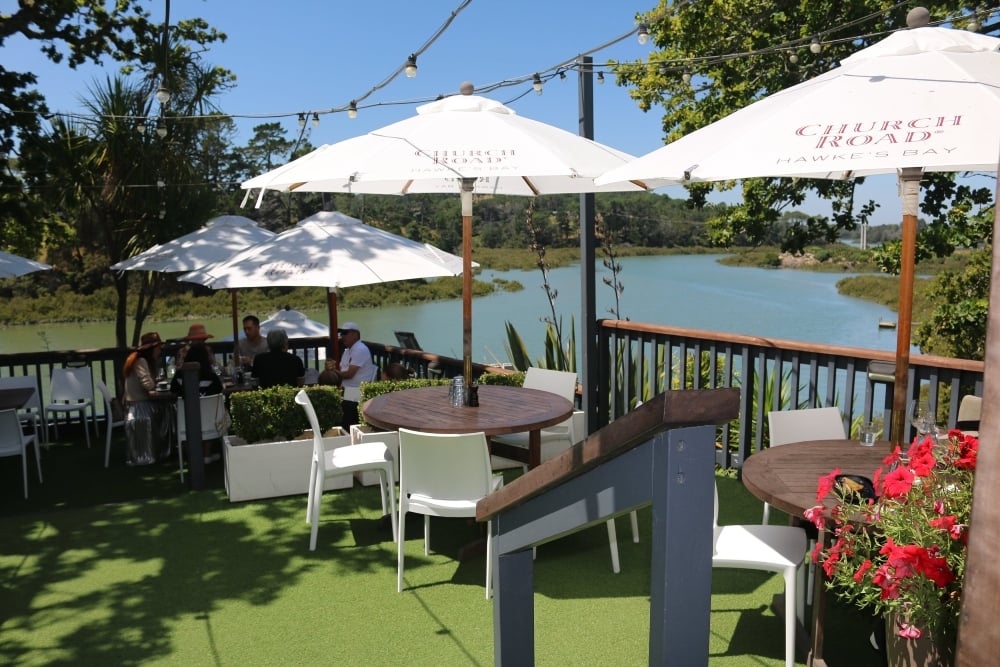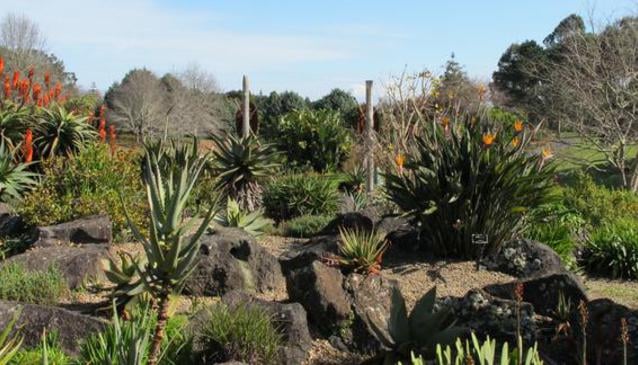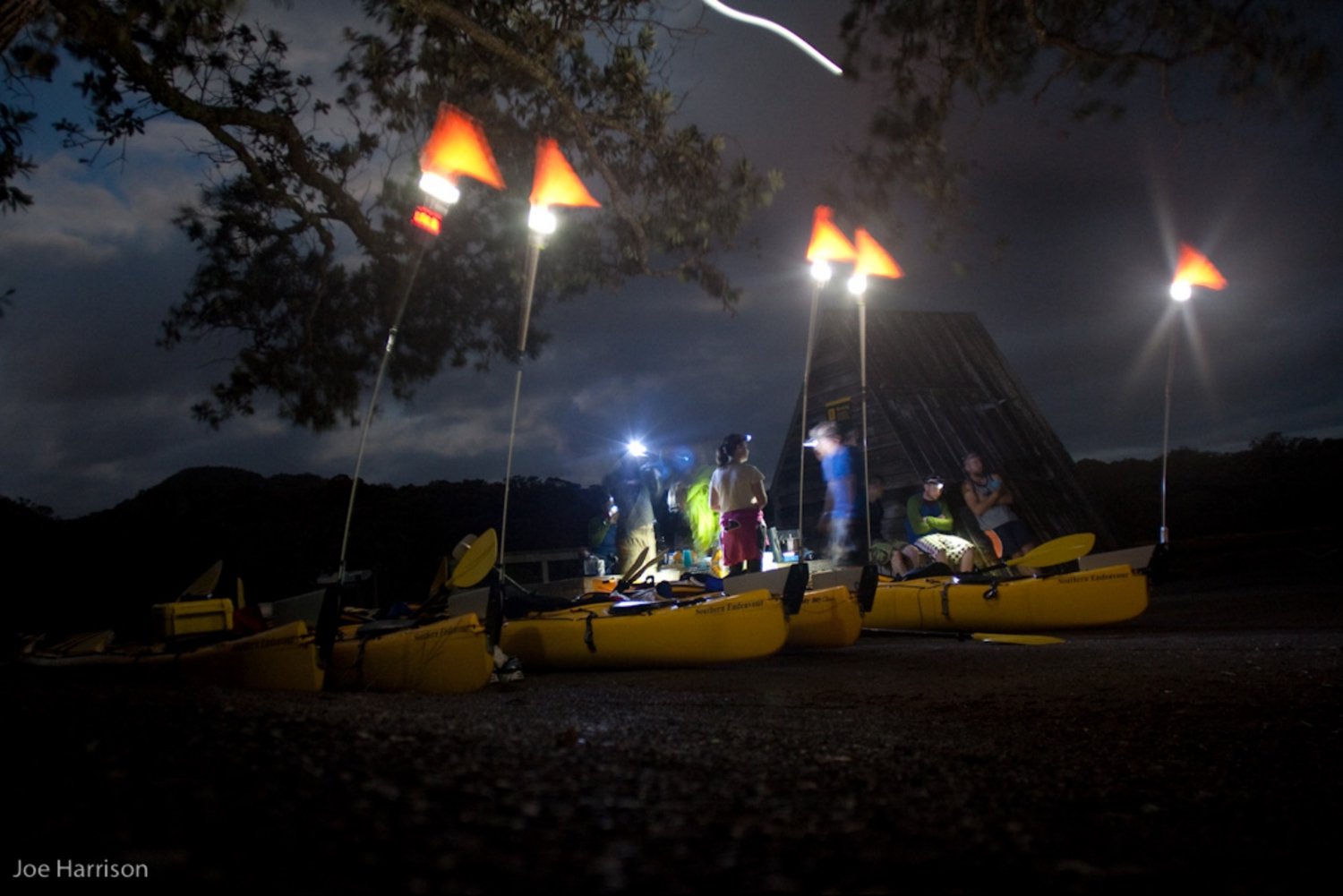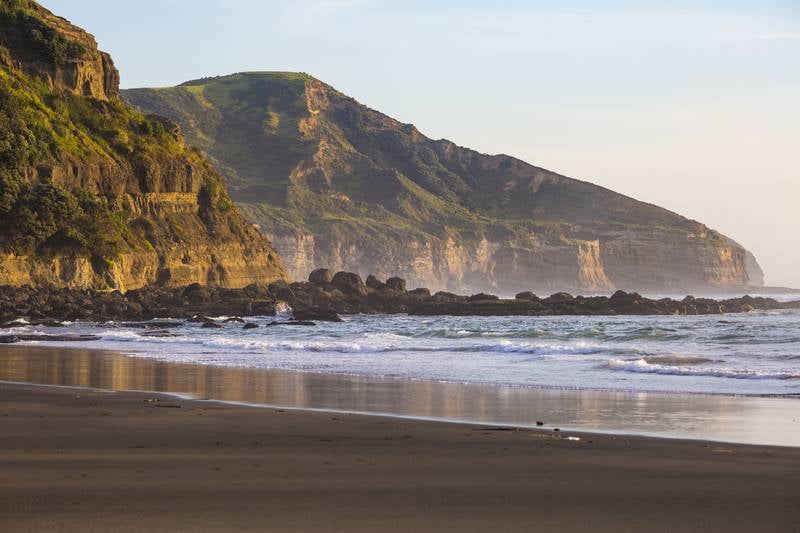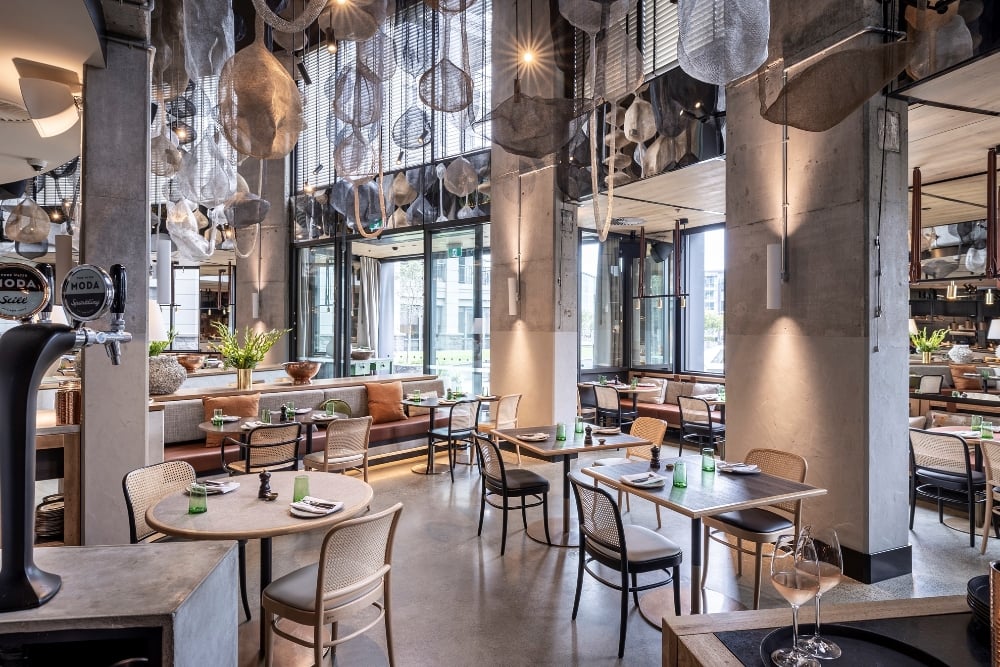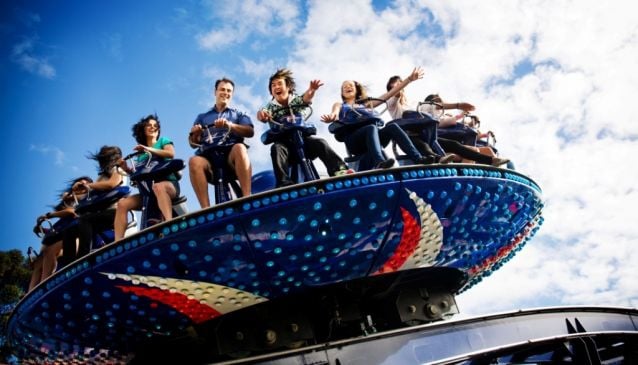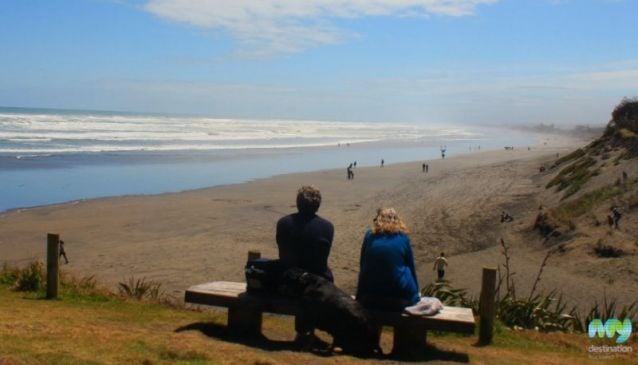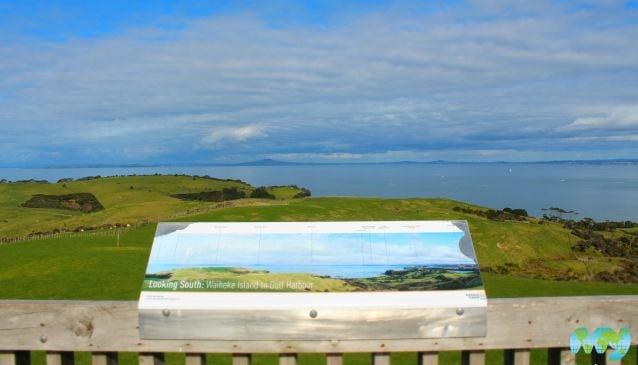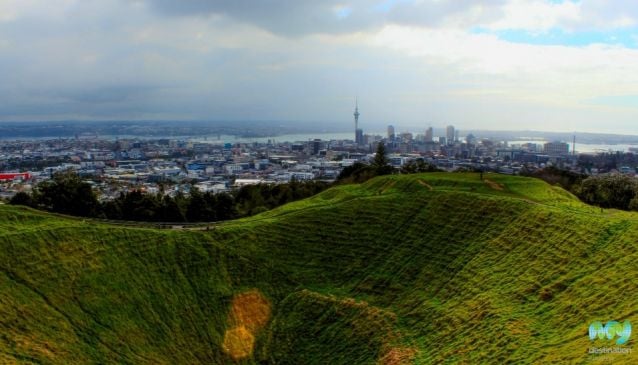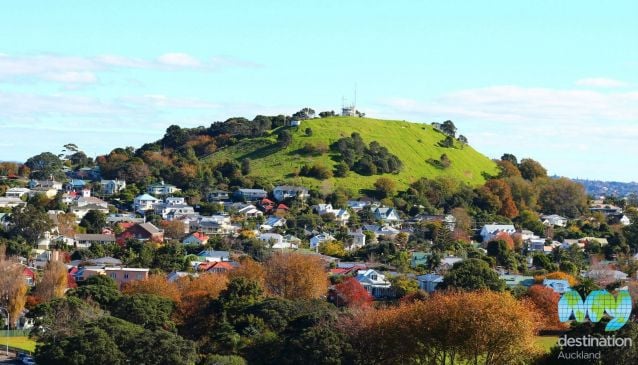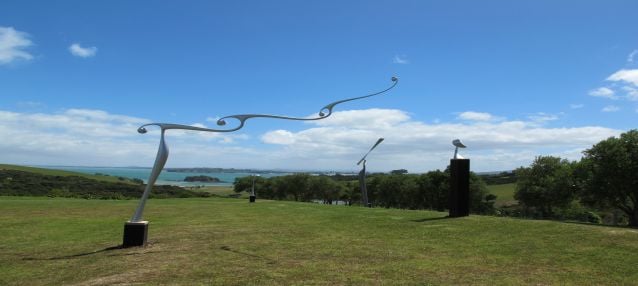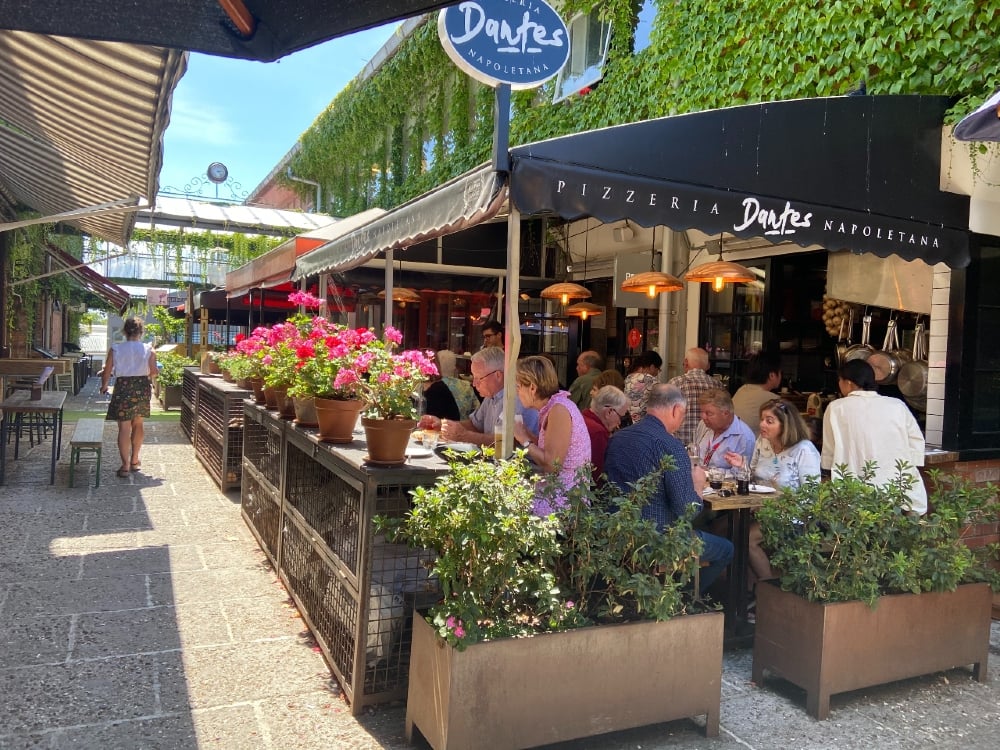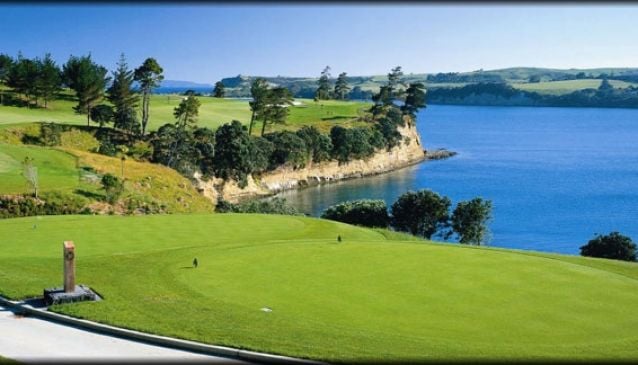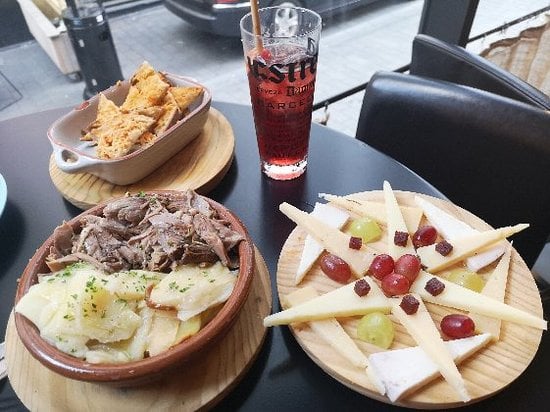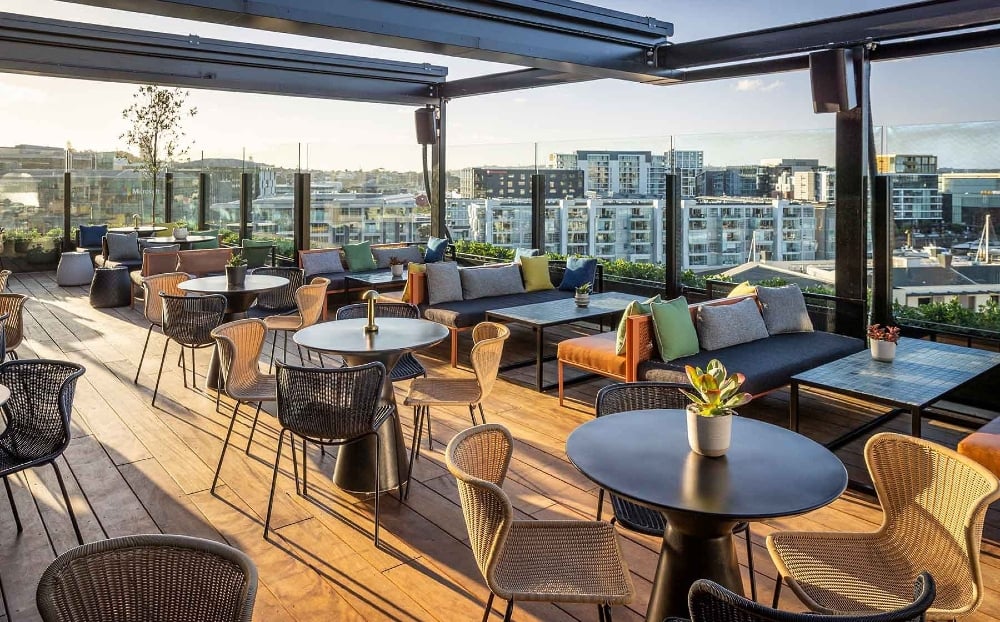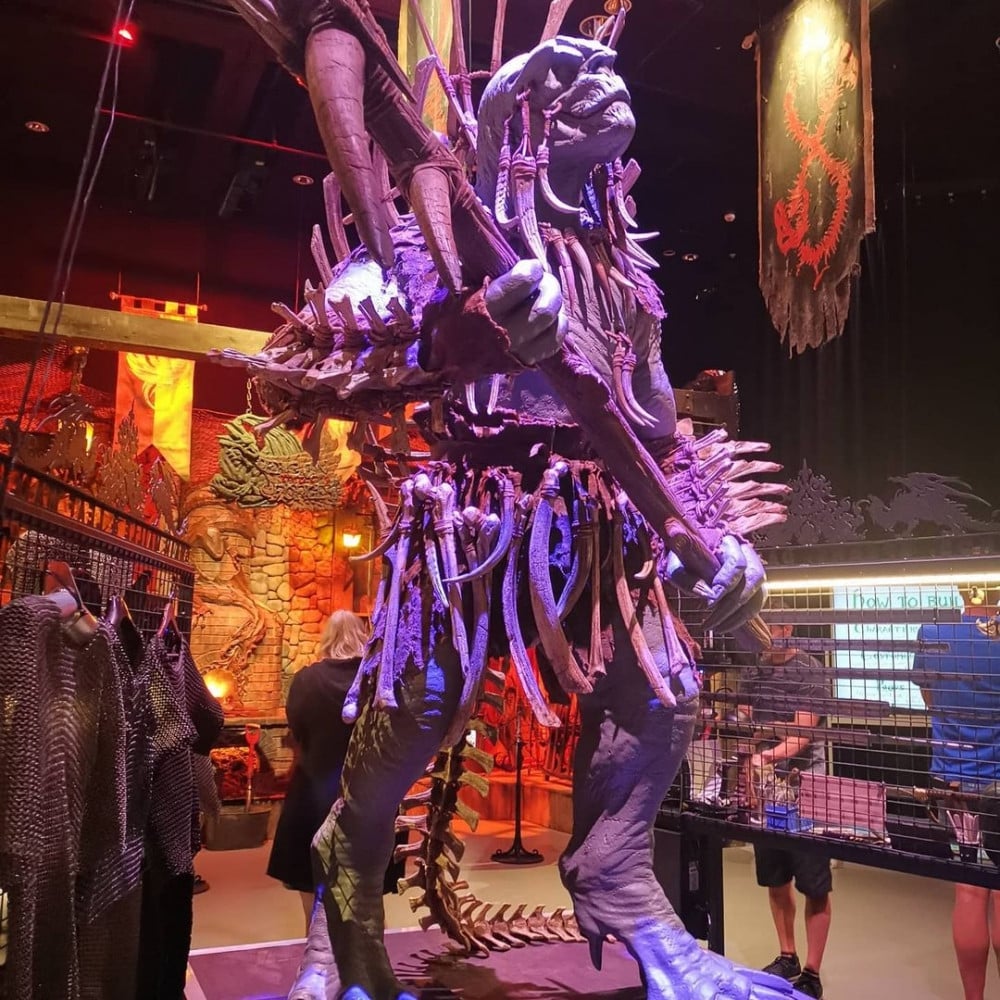Auckland History
Somewhat saucily, the Maori named Auckland "Tamaki Makau Rau", or "maiden with a hundred lovers". It can boast a few million more to that number, since its development into the country's largest city and, arguably, its cultural and artistic capital.
Legend has it that Auckland's famous volcanoes came into being as a result of a Romeo and Juliet-esque story of two lovers from rival Maori tribes, whose angry families stole the magic of the earth guardian, Mataaho, to wage war against one another. Wreaking revenge for their betrayal, Mataaho and his brother, Ruaumoko, opened up the earth and threw both families into hell, closing up the chasm in a firestorm of rocks and smoke, until all that was left was the volcanic field we see today.
It was the European settlers, many centuries later, however, who added yet more magic to the city. The most famous of these was probably John Logan Campbell, a Scotsman who landed with his friend, William Brown, at Commercial Bay (around modern day Swanson Street), in 1840.
Aged just 22, Campbell was the first European to settle in Auckland, and built Acacia Cottage, a timber house which can still be seen today in Cornwall Park (although not the original site, which was in Shortland Street). Campbell went on to become one of the city's most prominent businessmen, a formidable lawyer, and served as the Superintendent of Auckland Province between 1855-56, before being knighted in 1902. The year before, at the ripe old age of 84, he was temporarily elected mayor. The incumbent, the temperance advocate David Goldie, did not want the awkward task of toasting the visiting Duke and Duchess of Cornwall with alcohol, which Campbell, being a true Scot, was more than happy to do.
Most of Auckland's early geography has been over-built, so it's hard to trace any kind of accurate heritage trail around the city. Many streets, such as Queen Street and Shortland Street, used to be where the shoreline came in, or were gullies through which the rivers flowed, and even the outlying bays such as Mechanics Bay, Official Bay and Commercial Bay, have either disappeared, or bear little resemblance to their original states.
One thing that hasn't changed, though, is the house prices. Always considered an area of prime real estate, even the Victorians had to have a fair few dollars in the bank to afford to buy homes here, and the inflated prices provided ample opportunity for unscrupulous speculators to buy up plots of land with laundered or stolen funds, and sell them on at even greater rates, before disappearing with the (now-legitimate) profits.
Always an immigrant city, from the earliest Maori (who came here from Polynesia) to the latest European, Asian and African settlers, Auckland continues to enjoy a colourful and cosmopolitan identity. Even a hundred years ago, walking down Auckland's streets would mean hearing dozens of different languages, and the post-war 'baby boom' of the 1950s saw a population explosion, which in turn saw Auckland expand into more suburbs, and furnished the city with increasing employment and trade opportunities.
Auckland is the home to the world's largest Polynesian urban community (particularly around South Auckland), with over 15% of the city's residents claiming Pacific Island or Polynesian ethnicity in the 2006 Census. 67% of residents class themselves as "New Zealand Europeans", reflecting the heritage of Auckland's British settlers.
This diversity is the reason why Auckland can boast a high number of top-rated restaurants with dozens of different cuisines, a rich seam of artists, painters, musicians and actors, and a famous degree of religious, cultural and social tolerance which, for many, is the defining characteristic of this most friendly of the world's major cities.



